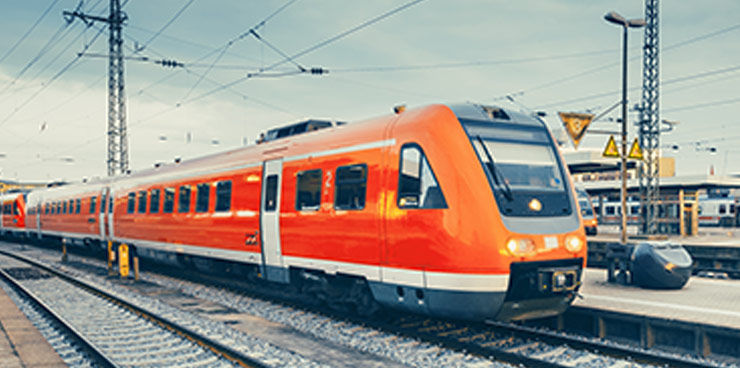Mississauga, Ontario
Service Details
Our Services
You can call anytime

Rail Network
Since olden times, railroads have handled the largest number of ton-miles. As a result of the early establishment of a comprehensive rail network connecting almost all the cities and towns, railways dominated the intercity freight tonnage till World War II and in some cases of Europe, Asia and Africa they even connected the countries. This early superiority enabled railways to transport large shipments very economically.
The capability to efficiently transport large tonnage over long distances is the main reason railroads continue to handle significant intercity tonnage and revenue. Railroad operations incur high fixed costs because of expensive equipment, right-of-way (railroads must maintain their own track), switching yards, and terminals. However, rail experiences relatively low operating costs. The replacement of steam by diesel power reduced the railroads' variable cost per ton-mile, and electrification offers potential for more reductions. New labor agreements have reduced workforce requirements, further decreasing variable costs.
These days' rail transport only focuses on transporting specific products, which are best, suited to the requirement. Greatest railroad tonnage comes from raw material extractive industries located at considerable distances. Despite problems, Rail fixed-variable costs are still superior for long distances. Railroads basically concentrate on the container traffic and are becoming more responsive of the customer needs, emphasizing bulk industries and heavy manufacturing.
They have expanded their intermodal operations through alliances and motor carrier ownership. Railroads are even concentrating on development of special equipment. There are unit trains which are entire train carrying the same commodity, which are bulk products such as coal or grain. Unit trains are faster, less expensive to operate and quick as it can bypass rail yards and go direct to the product's destination.
There are also various different types, such as articulated cars for extended Rail chassis, double-stack rail cars, have 2 levels of containers, thereby doubling the capacity of each car. It also reduces chances of damage because of their design. These technologies have are being applied by railroads to reduce weight, increase carrying capacity, and facilitate interchange.
